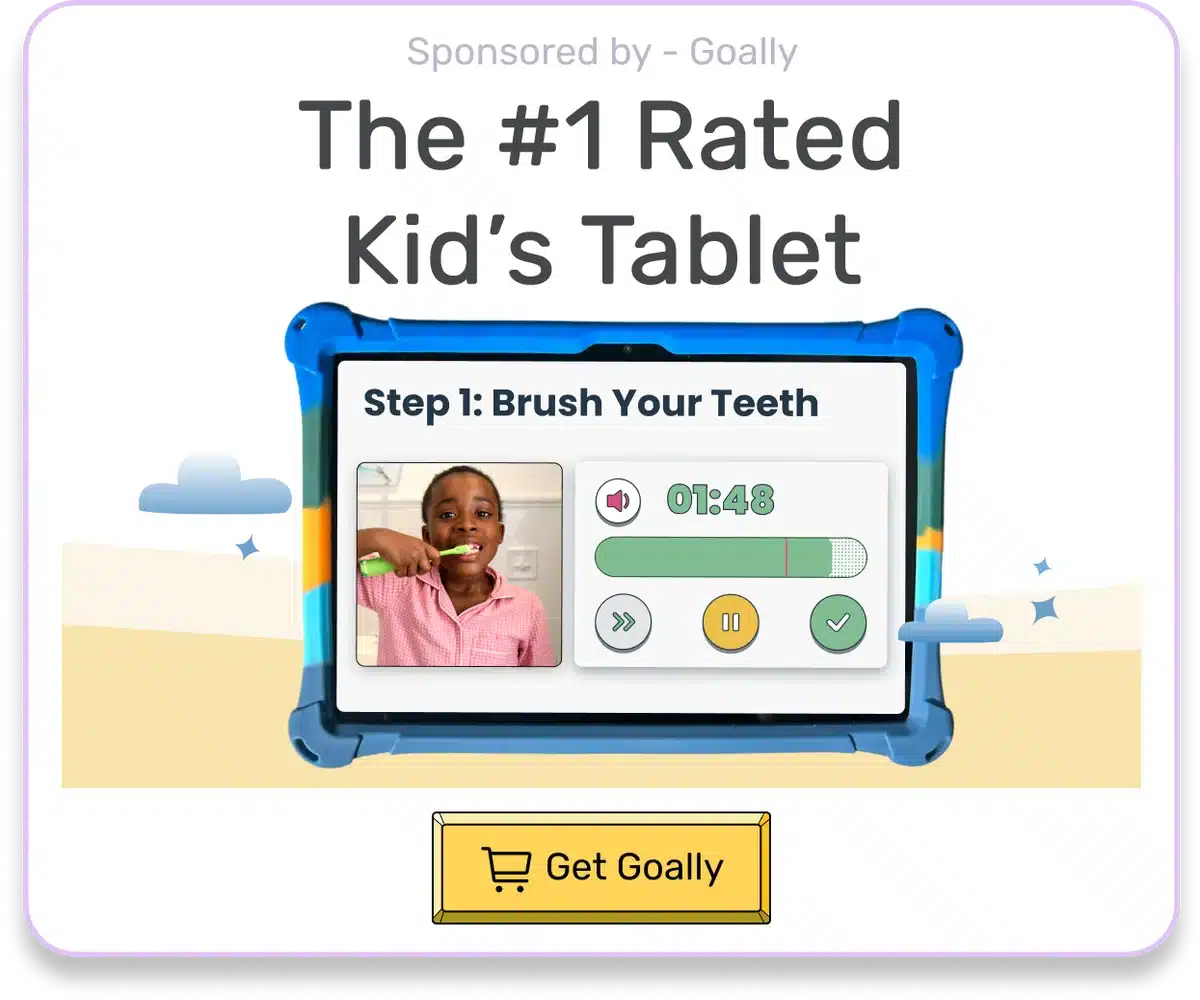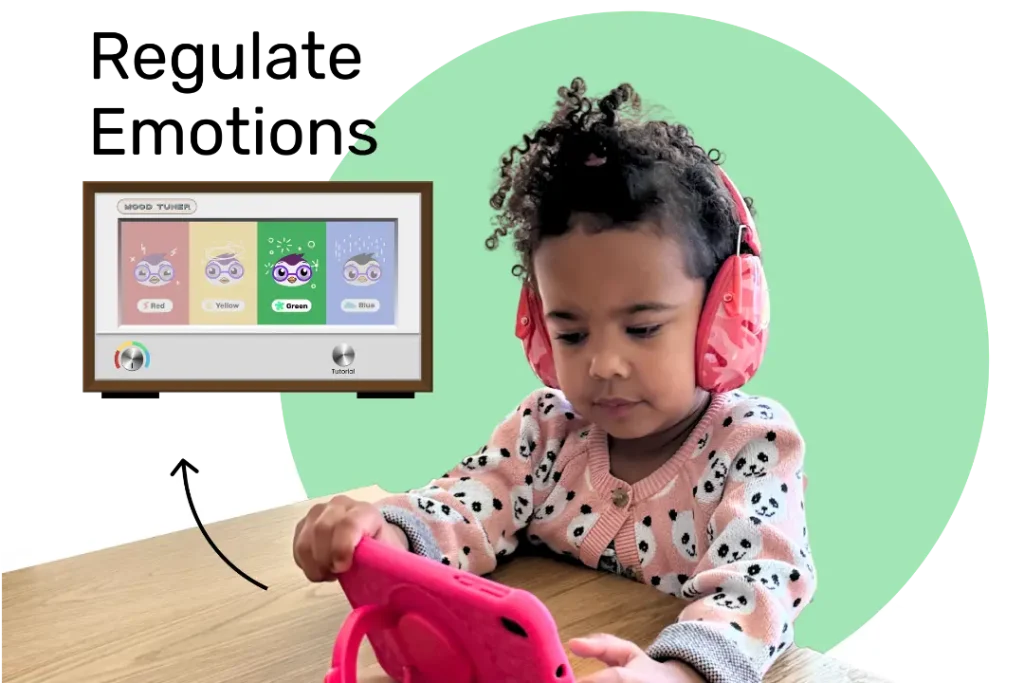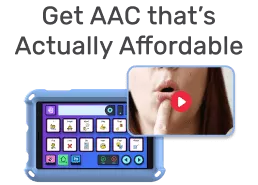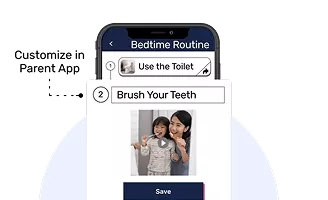I used to wonder why kids sometimes get fixated on certain details. My nephew would cry for hours if his mom changed his shirt after breakfast when he had already spilled food on it! What’s the big deal? Just use a napkin. But over time, I realized that kids’ anxieties about things like clothes, food textures, or how their toys are arranged are often much deeper than we realize. And if we want to help kids manage their feelings, it’s crucial to build empathy and understanding. Empathy can help build trust, calm anxiety, and improve health outcomes. It can also help people from different backgrounds understand each other. In this post, I’ll discuss what empathy is and cover some concrete ways parents and caregivers can teach kids how to show empathy.
Table of Contents
We all know that empathy is important, but what does it really mean? Simply put, empathy is having understanding for someone else’s thoughts and feelings. It’s about putting yourself in their shoes and imagining what it would be like to experience the situation from their perspective.
There are two main types of empathy:
- Affective empathy: This means feeling the emotions that another person is feeling.
- Cognitive empathy: This is about understanding another person’s emotions from a logical perspective.
Kids learn empathy in stages. Babies don’t understand empathy, but between the ages of 2 and 7, kids develop the ability to understand other people’s feelings. Of course, not all children develop empathy at the same rate. Kids with special needs, like autism, may take longer to truly understand another person’s perspective.
Why is Empathy Important?
Empathy is essential for developing strong social and emotional skills. It helps kids:
- Build meaningful relationships
- Resolve conflicts peacefully
- Be kind and compassionate
- Stand up against bullying

Read more: Kid's Empathy Quiz | Video Included
Empathy is also associated with a number of positive outcomes, including:
- Higher academic achievement
- Increased prosocial behavior (helping others)
- Reduced stress and anxiety
How to Teach Kids to Show Empathy
Teaching empathy isn’t about lecturing kids on being nice. Instead, you can teach empathy as a practical skill that they can use in everyday situations. Here are a few strategies to try:
Model Empathy Yourself
The best way to teach kids empathy is to model it in your own behavior. When a child is upset, show them that you understand by saying things like, “I see that you’re sad about your broken toy. It’s okay to feel sad.” You can also show empathy for others in your community, such as volunteering or donating to a worthy cause.
Goally | The Tablet for Neurodiverse Kids

Talk About Feelings
Help kids understand and label their own emotions by talking about feelings regularly. You can say things like, “You look frustrated right now,” or “I’m feeling happy because the sun is shining.” As kids get older, you can use those observations to introduce different perspectives. For example, “I see that losing your toy makes you frustrated. I wonder how your brother felt when you took his toy away?”
Use Stories and Books
Reading children’s books about emotions, feelings, and diverse characters is a great way to introduce the concept of empathy. Point out the emotions the characters in the books are experiencing and discuss why the characters might be feeling that way. Look for opportunities to connect the characters’ experiences to real-life situations.
Help Kids Connect Their Actions to Feelings of Others
Sometimes kids do hurtful things without realizing the impact of their actions. It’s essential to help kids understand the connection between their actions and other people’s feelings. For example, “When you push your sister, it makes her fall down and cry.”
Encourage Imaginative Play
Pretend play helps kids imagine themselves in different roles. Encourage kids to play doctor, teacher, parent, or other roles where they have to take care of someone else.
Everyday Examples of How to Show Empathy
| Action | Example |
|---|---|
| Listen | Give the speaker your full attention without interrupting or thinking about other things. |
| Active listening | Try to understand the speaker’s perspective before answering. |
| Pay attention to body language | Note nonverbal communication, such as facial expressions, posture, and gestures. |
| Ask questions | Learn more about the speaker’s life. |
| Imagine yourself in their shoes | Try to understand how they might feel. |
| Acknowledge emotions | Show that you care by saying things like “I understand” or “I can see that you’re [insert emotion here].” |
| Offer support | Be patient and willing to help. |
Goally | Kid’s Tablet for Building Emotional Regulation Skills
Is your child struggling with understanding and managing their emotions? Goally teaches emotional regulation skills in a fun and interactive way!

The Mood Tuner app encourages kids to look inwards and identify their feelings, helping them understand what’s going on inside. Once they’ve recognized their emotions, they can choose from a variety of exercises designed to help them self-regulate and find their balance.
Teaching empathy is one of the most important gifts you can give your kids. Empathy makes the world a better place and sets kids up to be kind, successful, and fulfilled members of society. By using the tips above, you can start developing your child’s sense of empathy and compassion today. After all, empathy is a skill that needs regular practice, but it’s a skill that will benefit them throughout their lives and yours!
Sources
- Understanding Empathy: – This article on Psychology Today offers a detailed explanation of what empathy is and breaks down the different types of empathy.
- The Importance of Teaching Children Empathy: – This article from the National Institutes of Health explores the benefits of teaching empathy and provides strategies for parents and caregivers.
- Greater Good in Education: – The Greater Good in Education website offers tons of resources for teachers and parents about empathy-building strategies and activities you can do with kids.
FAQ’s About How to Show Empathy
What is empathy? Empathy is the ability to understand and share the feelings of another person. It involves imagining what it would be like to be in their shoes and feeling their emotions along with them. Why is empathy important for kids? Empathy helps kids build strong relationships, resolve conflicts, and make good choices. It's also linked to better academic outcomes and reduced aggression. How do I teach my child empathy? Model empathy in your own behavior, talk about feelings, use books and stories, and encourage imaginative play. Help kids understand the connection between their actions and other people's feelings. What are some signs that my child is empathetic? Empathetic kids might show concern when others are hurt, try to comfort people who are upset, and share things without being asked. They might also express interest in how other people are feeling. What if my child struggles with empathy? All kids develop at their own pace, and some kids may need extra help learning empathy. If you're concerned about your child's development, talk to their pediatrician or a child development specialist.
Emily is a seasoned blog writer for Goally, leveraging her extensive background in child psychology and special education to provide valuable insights and resources for parents. Her commitment to understanding and addressing the unique needs of these children, combined with her expertise in educational strategies, makes her a credible and empathetic voice for families.





